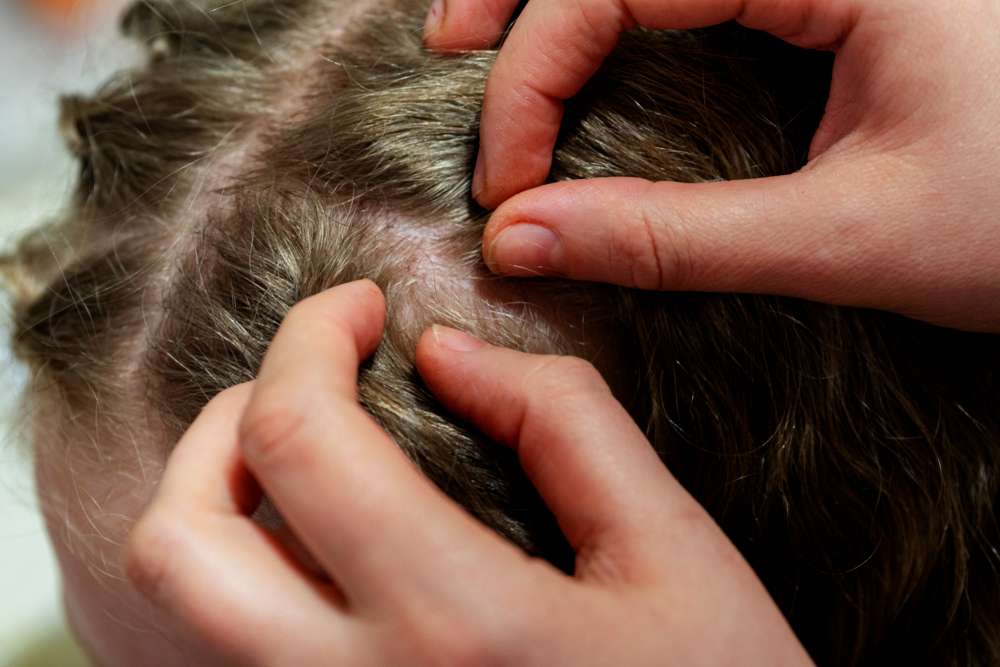Dandruff Treatment: Approaches for Scalp, Hair, and Skin Care
Dandruff is a common scalp condition characterized by visible flakes, itchiness, and occasional redness. It can affect anyone and ranges from mild, cosmetic concerns to persistent scalp irritation that interferes with comfort and hair appearance. This article explains common causes, nonprescription and medical treatments, and everyday care strategies to manage flakes and protect both scalp and hair. This article is for informational purposes only and should not be considered medical advice. Please consult a qualified healthcare professional for personalized guidance and treatment.

What causes dandruff on the scalp?
Dandruff results from a combination of factors rather than a single cause. An overgrowth of a naturally occurring yeast (Malassezia) on the skin, increased oil production, and irregular skin cell turnover can all contribute. Dry skin, sensitivity to hair products (contact dermatitis), and conditions like seborrheic dermatitis or psoriasis also produce flaking and redness. Environmental factors — cold, dry air or infrequent washing — may worsen visible flakes. Identifying whether flakes come from simple dryness or an inflammatory scalp condition helps guide effective treatment choices.
How does dandruff affect hair health?
Dandruff primarily affects the scalp, but it can indirectly influence hair. Persistent itching and scratching can damage hair shafts and lead to breakage or localized hair thinning. Heavy crusting or an inflamed scalp environment may alter hair texture or make styling more difficult. That said, dandruff itself does not inherently cause permanent hair loss in most cases; resolving the underlying scalp condition and reducing irritation typically restores a healthier environment for hair growth and appearance.
What treatments reduce flakes and itching?
Initial treatments often use over-the-counter medicated shampoos formulated to address excess yeast, oil, or skin cell buildup. Regular use as directed can reduce flakes and itching within a few weeks. For mild scalp inflammation, short courses of topical anti-inflammatory agents prescribed by a clinician may be useful. In cases related to psoriasis or severe dermatitis, stronger topical or systemic therapies might be indicated. Consistency matters: follow product instructions, rinse thoroughly, and allow active ingredients expected contact time to work before rinsing when advised.
Which shampoos and topical treatments help?
Medicated shampoo ingredients commonly recommended for managing dandruff include antifungal agents, exfoliants, and anti-inflammatory components. Ingredients such as ketoconazole, zinc pyrithione, selenium sulfide, coal tar, and salicylic acid target different mechanisms — fungal overgrowth, oil control, slow shedding of skin cells, or excess scaling. Rotate or alternate shampoos if one loses effectiveness, but avoid combining multiple active formulas at once unless directed by a clinician. For localized inflammation, a provider may suggest topical corticosteroids or antifungal creams for short-term use.
When to seek medical care for skin and scalp issues?
See a dermatologist or primary care clinician if flakes don’t improve after several weeks of consistent over-the-counter treatment, if symptoms are severe, or if you have significant redness, oozing, hair loss, or pain. Those with weakened immune systems or overlapping skin conditions (eczema, psoriasis) may need tailored prescriptions. A clinician can differentiate between common dandruff, seborrheic dermatitis, fungal infections, or other scalp skin disorders and recommend appropriate prescription shampoos, topical agents, or systemic medications when needed.
How to prevent dandruff through daily care?
Routine measures help reduce recurrence and protect both scalp and hair. Maintain regular scalp cleansing with a shampoo suited to your scalp type; for oily scalps, more frequent washing may be beneficial. Avoid harsh chemical treatments and reduce heat styling that can dry the scalp. Use a gentle, non-irritating conditioner on hair lengths, not directly on the scalp if you are prone to oiliness. Manage stress and maintain a balanced diet to support skin health. When trying new hair products, test a small area first to check for irritation or contact dermatitis.
Conclusion
Dandruff is manageable for most people with a combination of proper scalp hygiene, targeted medicated shampoos, and, when necessary, medical evaluation. Understanding whether flakes are driven by dryness, excess oil, fungal activity, or an inflammatory skin condition guides selection of the right approach. If over-the-counter measures do not bring improvement or if symptoms are severe, consult a qualified healthcare professional for a tailored treatment plan.






